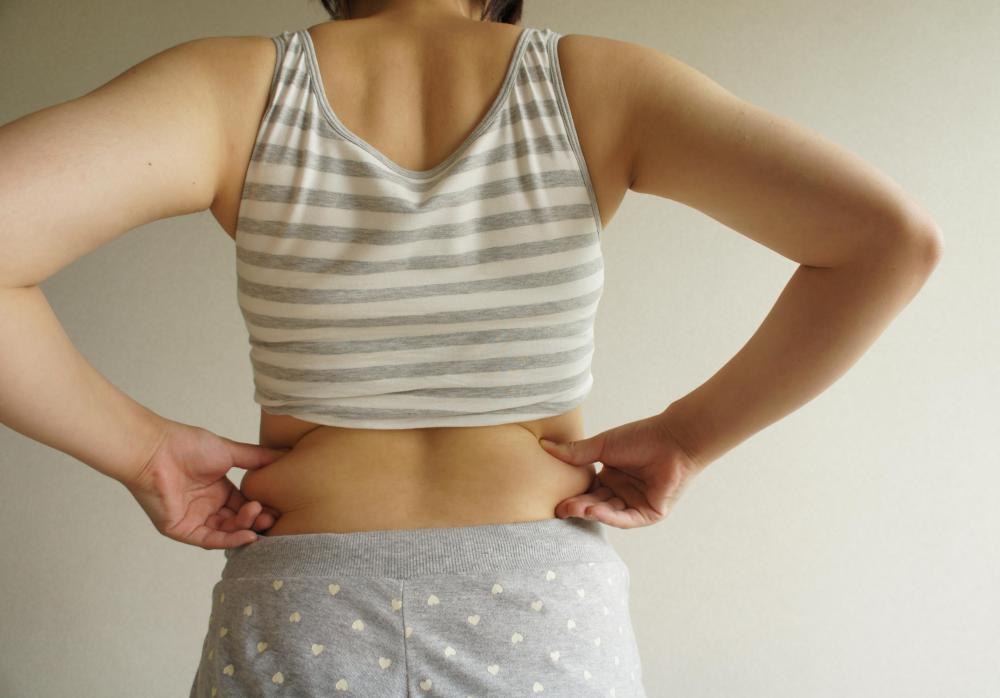At WiseGEEK, we're committed to delivering accurate, trustworthy information. Our expert-authored content is rigorously fact-checked and sourced from credible authorities. Discover how we uphold the highest standards in providing you with reliable knowledge.
What is Diastolic Pressure?
Diastolic blood pressure measures the pressure exerted by the heart against artery walls when the heart is at rest. Usually displayed in conjunction with the systolic blood pressure, the diastolic pressure marks the end of the cardiac cycle, when the heart fills with blood. The systolic blood pressure, on the other hand, marks the beginning of the cardiac cycle, when the heart contracts. The difference between systolic and diastolic blood pressure is called pulse pressure.
One of the instruments used to read heart pressure is a sphygmomanometer. Written as a fraction, heart pressure is measured by millimeters of mercury (mmHg). Systolic blood pressure is represented by the top, larger number, while diastolic blood pressure is the lower, smaller number.

Blood pressure can change throughout the day, depending on temperature, exercise, narcotic use, and posture. It is advised that an individual checks his or her blood pressure several times during the day in order to get a more accurate assessment. One can check his or her blood pressure at a doctor’s office, or in the comfort of the home. A disadvantage of going to the doctor is that an individual may feel nervous about the visit, and thus inaccurately display a higher blood pressure. This is called white-coat hypertension.

For a healthy adult, 18 years of age and older, a normal systolic pressure is considered between 90 and 119 mmHg. A normal diastolic blood pressure is between 60 and 79 mmHg. An individual whose systolic blood pressure is below 90 and diastolic pressure below 60 may suffer from hypotension. On the other hand, a systolic pressure above 140, and a diastolic pressure above 90, indicates hypertension. One of the ways in which an individual can lower his or her blood pressure is by losing weight, eating healthier, and exercising.

High blood pressure, called hypertension, can cause kidney disease, heart failure, blindness, heart attack, and stroke. Low blood pressure, called hypotension, can cause dizziness, nausea, and fainting. Some of the causes of hypotension include dehydration, gland disorders, and infections.
For younger people, diastolic blood pressure is a good indicator of hypertension, since higher diastolic pressure increases the likelihood of suffering from hypertension. Systolic blood pressure rises as people get older, and becomes a more important factor in determining hypertension. Older people with a higher systolic blood pressure are more likely to experience a stroke, kidney disease, and heart attack.

Adults over the age of 18 are advised to check blood pressure once a year. An individual may not experience any symptoms of high blood pressure, which is why conducting the check is imperative. Checking blood pressure for individuals who are taking medication for high blood pressure may reveal whether their treatment is working.
AS FEATURED ON:
AS FEATURED ON:
















Discussion Comments
I have heard that some people have a naturally higher or lower blood pressure, for instance, someone's normal blood pressure would be considered "high" by regular standards. Is this true, and if so, what causes it? Is this related to diastolic pressure?
Thanks for this article -- I kept hearing the term thrown around on medical TV shows in connection to high blood pressure, but I never quite knew how they measured things like that. Now the next time I got to the doctor at least I'll know what's going on when they strap that cuff on!
why is the normal rate of diastolic pressure is given more importance while checking BP?
Post your comments